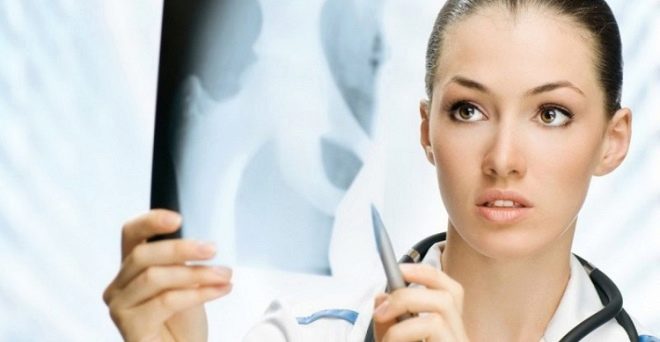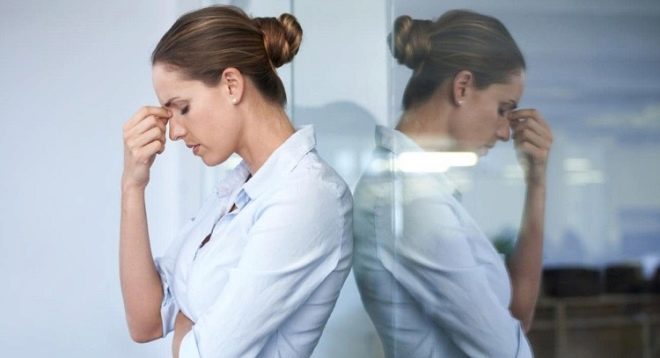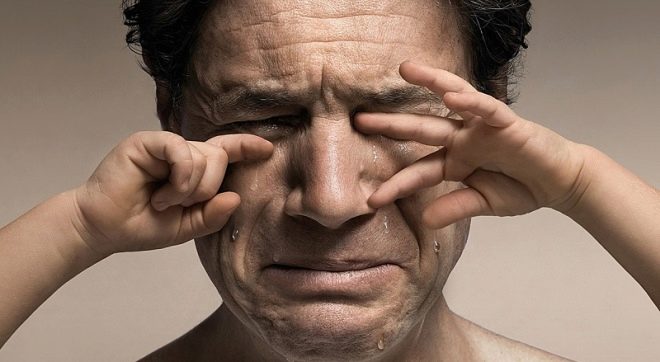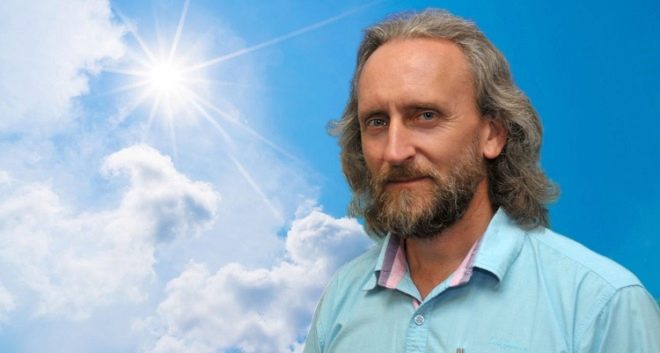Psychosomatic problems with the coccyx in adults and children
The tailbone is a small part of the spine, but people often underestimate it, remembering about it only when there is severe pain in it. Whether this pain can always be justified and what is the psychosomatic of the problems with the coccyx, we will tell in this material.
general information
The tailbone is the lowest part of the spinal column, its logical conclusion. It is a rotation of 4-5 rudimentary vertebrae. It is interesting that this part of the human body got its name from the Greek word κ? Κκυυξ, which translates as "cuckoo", since the very fusion of the vertebrae very much resembles the beak of this bird.
The tailbone is the former tail. For the person - rudimentary. But such a formulation should not be misleading - the former does not mean that it is unnecessary. Muscles and ligaments of the genitourinary system and colon, bundles of gluteus muscle are attached to its front part. It is important for the distribution of the correct separation of the load on the pelvic bones, it is the fulcrum when tilting back. And in labor, the tailbone is slightly retracted so that the dimensions of the birth canal become wider.
Among the problems with this small but important part of the body, injuries come first (fall). Sometimes coccygodynia occurs, most often this disease occurs in women. Its causes are previous injuries, inflammatory and degenerative processes in the coccygeal region.
When are the pains psychosomatic?
In almost all cases of coccygeal pain, one can speak of its psychosomatic origin, if the pain was not preceded by a fall and a bruise or other injury. In other words, nothing unusual happened, but the tailbone hurts.
There is also an opinion among researchers that the tailbone injuries are not accidental. Strong stresses and negative emotions that preceded a fall or an accident are usually considered to be the cause of injury, because in a state of chronic stress, muscles and ligaments are almost constantly strained, and their blood circulation is disturbed.
Psychosomatics studies the close relationship between the mental and psychological state and the physical health of a person. And coccygeal pain has its own psychogenic causes.
The reasons
The trailing part of the spine, as it is easy to notice, begins to numb and ache if a person is sitting in one place for a long time. Also, pain in the coccyx occurs in pregnant women for longer periods when the pelvic bones expand.
The tailbone as part of the spine in the metaphysical sense is understood as a support, closing the part of the inner core of a person. At the same time everything material that is in a person's life is connected with it - money, real estate, values.
Problems with the coccyx, if there was a sudden pain and never receding, may be connected, according to psychoanalysts, with a strong sense of guilt that the sick person himself cannot properly take care of and satisfy all his material needs. This may explain the official medical statistics, which says that the dystrophic and inflammatory processes of the coccyx mostly occur in women who are more dependent on men financially and materially.
Psychotherapists note that people with psychogenic pain in the coccyx have some general infantilism. They are not independent and not self-sufficient, but the essence of the disease is an internal conflict, and in such people it develops because of confidence in the opposite.They firmly believe that they, others, cannot do without them, they are in a dependent position, and the fact that these others ensure survival on the material level is a completely natural payment.
Canadian researcher Liz Burbo claims that the tailbone hurts those who feel helpless. Such people always expect that others will come and solve all their problems, protect them, dispel fears and resolve all misunderstandings. If others come and decide as the helpless owners of the diseased tailbone come up with, the pains recede. They become aggravated when others, contrary to expectations, do not come or do not provide assistance to the extent that we would like. Any attempts of relatives and relatives to hint that it would be time to solve some problems of their life on their own will be regarded as treachery and cause fear, anxiety, resentment, and sometimes anger. If anger appears, inflammation of the coccygeal bone begins. If the anger is strong and prolonged, and it usually does not have a way out for infantile people, then injury to the tailbone up to its fracture is not excluded.
The psychotherapist Valery Sinelnikov suggests that pain in the coccygeal spine is associated with an excessive concentration of a person on the material (financial) aspects of life. He yearns for financial or other material assistance and relies on it in all situations, and even uses people from the point of view of whether such communication will be beneficial to him.
At the same time, people suffering from coccygeal pains are often considered financially illiterate in society, they do not know how to manage money, they don’t know how to earn money, and therefore another nickname is often attached to them - “loser”.
How to treat?
After the surgeon or traumatologist excludes the possibility of injury, but the pain will remain, you should contact a psychotherapist or psychiatrist. These experts will help to understand yourself and find the underlying causes of the disease. The treatment will consist of competent psychotherapeutic help, in taking painkillers and other symptomatic drugs.
Relief comes when a person begins to take responsibility for himself, ceases to blindly hope for outside help. At the same time, they often make a big mistake - they simply begin to deny their dependence on others (to repeat to myself that “I am free, I will not depend on anyone”). In this case it does not work. It is necessary not to deny, driving the problem even deeper, namely to eradicate, to become an adult.















